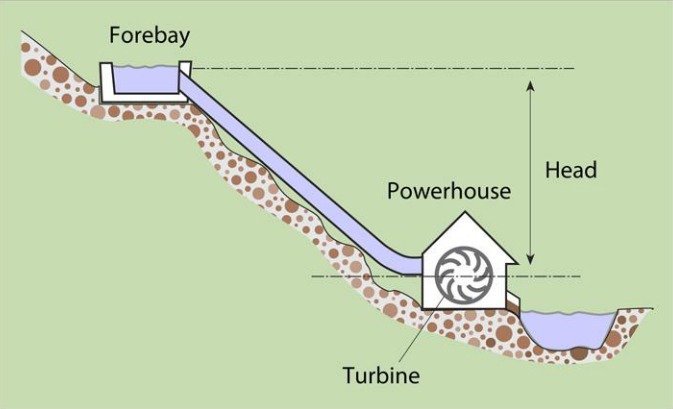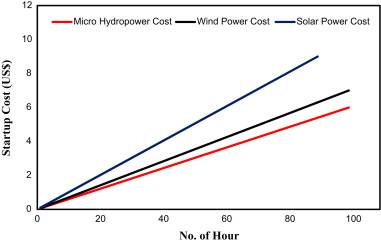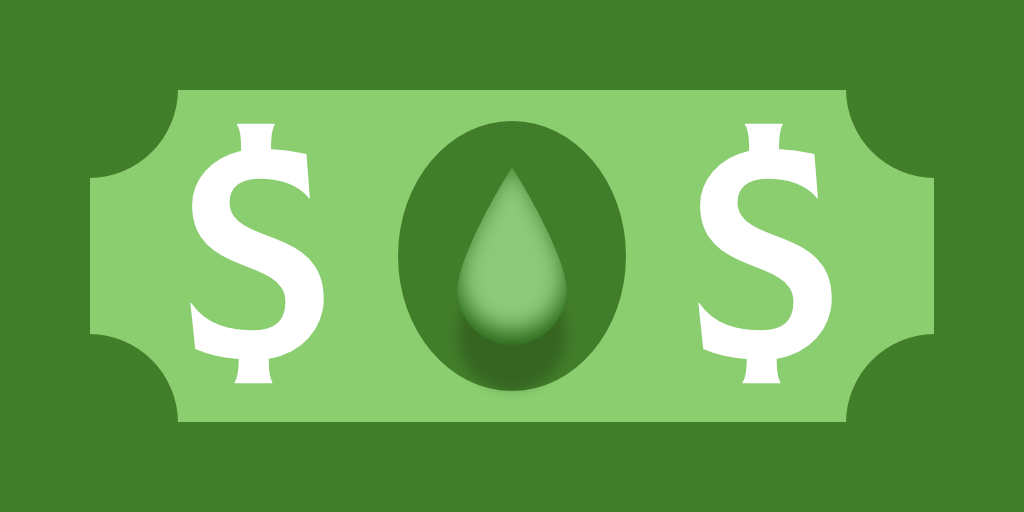Why Rush Hydro
How It Works
Costs and Savings Analysis
Donald Tyrone
Since installing our micro-hydro system, we've reduced our electricity bills by 70%, saving us over $1,800 annually. It's amazing to see the impact of harnessing the power of water.
Jason Belflor
Our micro-hydro investment paid for itself in just five years. Now, we're enjoying nearly $2,500 in annual savings on our electricity bills. It's a smart choice for us and the environment.
Caleb Downs
Since switching to micro-hydro power, we've seen a 60% decrease in our energy costs. It's not just about the savings; it's about investing in a cleaner, greener future for our planet.
Incentives and Financing
FREQUENTLY ASKED QUESTIONS
Everything hydro answered.
Hydro energy, with its promise of clean, renewable power, might prompt questions about its application in residential areas. Is micro-hydro power a viable option for your home? What are the environmental impacts and potential savings? How does one get started with implementing a hydro energy system?



